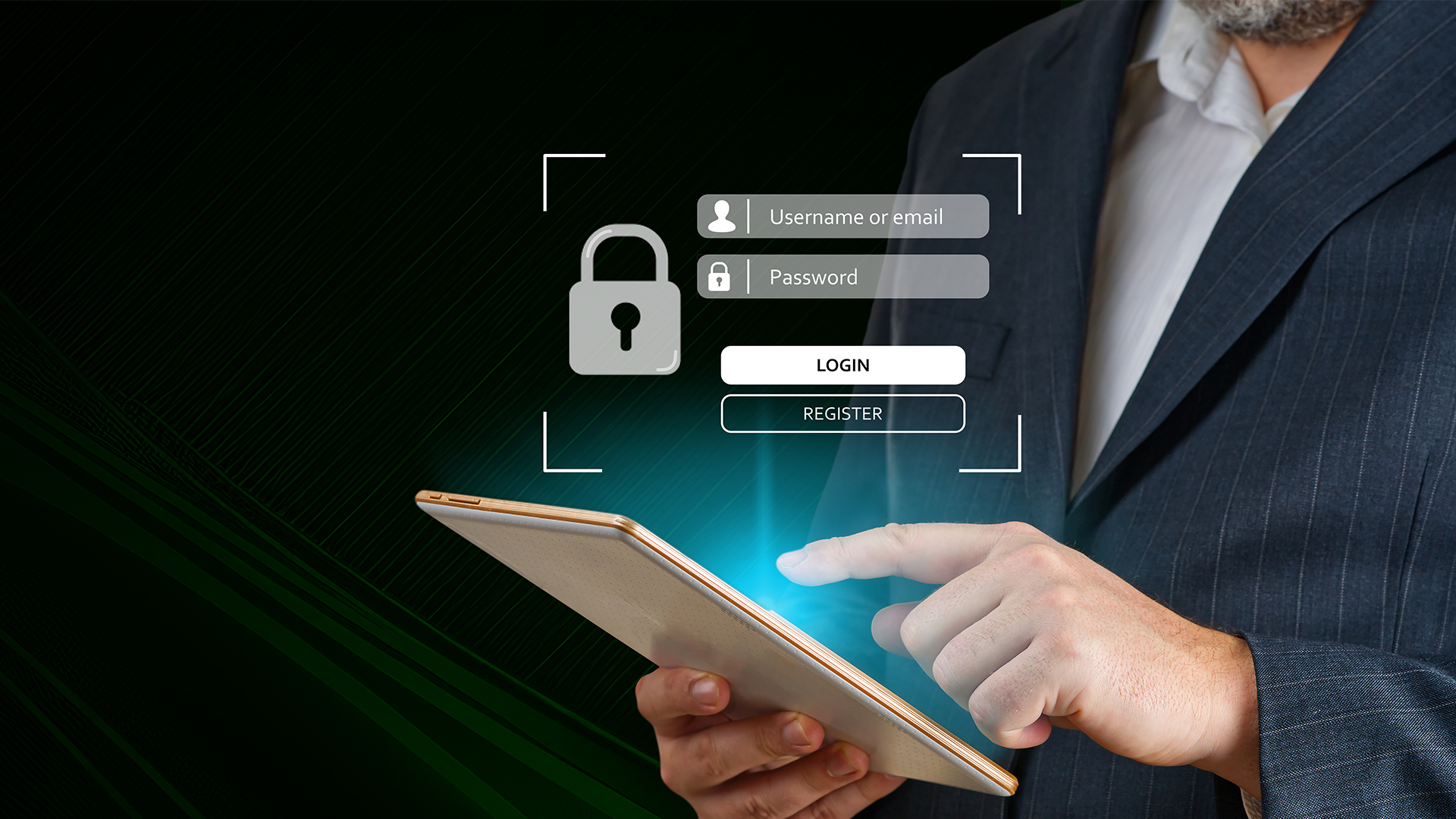Thanks to the rapid evolution of technology, you can now store your health records online. This is possible with a Personal Health Record (PHR) – where you, as a patient, own and maintain your health records – or with an Electronic Medical Record (EMR) or Electronic Health Record (EHR) – where your healthcare providers store your health data. PHRs, EMRs and EHRs are highly convenient for the end-user. As a patient, you don’t have to rely on your memory and frantically search your house to locate your health records. You can digitize them via PHR apps and share them with medical practitioners when needed. As a medical provider, you no longer need to maintain shelves of your patient’s physical health records. With a PHR, you can keep these records on the cloud, access them instantly, and share them with other healthcare providers.
But Is Your Health Data Stored Safely?
When it comes to digital files, the question of security poses a pressing concern. Privacy is an essential aspect of your life, especially regarding health records. These records contain sensitive personal information that should not be leaked or exposed. Your health data has to be safeguarded from malicious and unauthorized third parties who might leak it online or sell it to the highest bidder.
Therefore, choosing a secure PHR software becomes paramount. To help you make the right choice and protect your sensitive data, we’re exploring the safety requirements digital record management systems must have.
Safety Hack: Do Your Due Diligence Before Committing To PHR Software
Do you scan the labels of grocery items before buying to avoid unsafe ingredients? The same logic applies to your PHR search. Researching a prospective digital record management system before downloading or buying it is always the smart move. Good-quality PHR software is always built with layers of embedded safety. Each safety layer protects your data from unforeseen attacks like bots, hackers, or even natural disasters.
The key now lies in identifying what those safety layers are. Below, we’ve compiled a safety checklist so you know what to look for when choosing a reliable PHR software.
1. Data Encryption
Data encryption is a security feature that converts sensitive health data into a coded language. Here’s how it works: Have you ever watched a movie where the kids write to each other in a secret language only they can understand? This secret language is ultimately what ends up saving their lives. That’s precisely what happens with your encrypted health data. Your health data is converted into a secret language; only authorized users with a decryption key can read your data. To an unauthorized user, the encrypted data looks like gibberish (which is the end goal). Encryption protects your data – whether it is being shared or stored – from security breaches. Trustworthy PHR software have data encryption so that you can safely store health data on it.
2. Password Protection
Nothing beats good old password protection. One of the benefits of PHR software is shareability; however, it comes with a risk. During transit, your data can fall into the wrong hands or may be prone to attack. This is where password protection comes in. A trusted PHR vendor enables password protection on shareable links. Passwords act as additional safety layers: only those who know the password can access your data. Ensure that you choose a PHR vendor that enables password protection.
3. Access Controls
Access controls determine who can access what information within an organization. If you’ve watched spy movies, you’ll know that agents get security clearance to view top secret or confidential information based on their ranking. If a character without access tries to log in, they are denied access, and security is alerted. This is what access controls mean. Healthcare providers and third-party vendors can create access control structures so that only those who need the information can access it. This prevents security breaches, loss of data and unauthorized access.
4. Monitoring Systems
Monitoring systems are like security guards for your health data. They scan and monitor the cloud, computer networks and user-facing systems (such as apps and websites) for potential threats to any of these systems. Monitoring systems are usually firewalls, antivirus and other detection systems that alert security specialists of suspicious cyber activity. They protect your health data in a PHR software round-the-clock to ensure that any threats to sensitive information are dealt with immediately.
Why Safety Is An Important Feature For PHR Apps?
When a safety breach occurs, you lose your peace of mind and right to privacy. Your data is with the wrong people; there’s no saying what they will do with it. So, if you are a patient who uses a PHR or plans to in the future, ensure that the PHR vendor complies with industry best practices. Such vendors have the necessary protocols to safeguard your private health data proactively.
If you are looking for a secure PHR app, try Ayama. Ayama is one of the best PHR apps built with a robust and safe design. Conveniently store all your health records on the Ayama PHR app without worry, as we offer layers of reliable security. Your health data is so secure, even we can’t read your health records! Confidently share and manage your health records with Ayama.
Download the app here.



